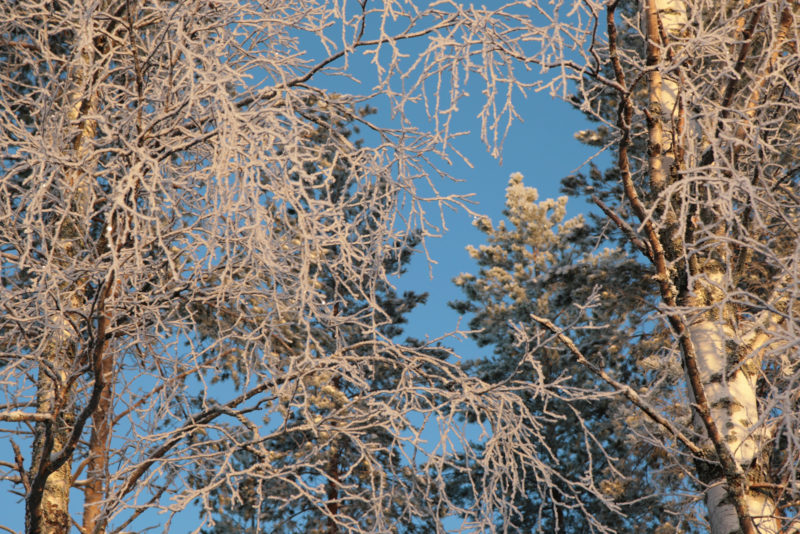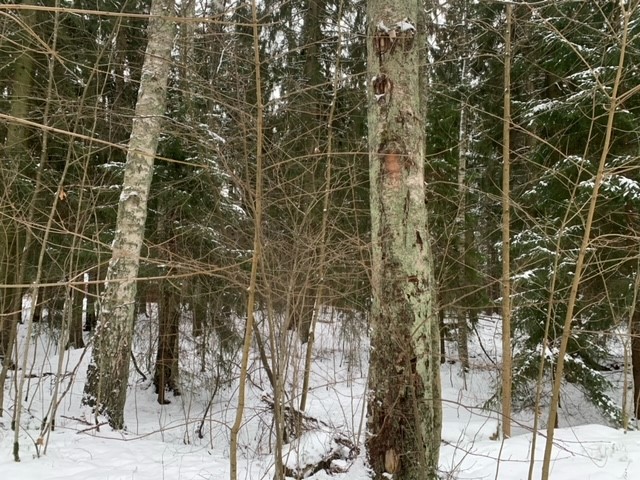Historical change under way in Finnish forests – driven by climate change and biodiversity protection

Mixed forests are now the trend in forest management. They have a more diverse range of species and are more resilient in the face of climate change and forest pests.
The era of spruce-only stands is now over, as was declared in November by the Metsälehti magazine, owned by forest owners.
‘Mixed forests reduce the risk of forest damage. They are more resilient to calamities, such as bark beetle outbreaks,’ says Antti Marjokorpi, SVP Sustainability, Group Forest Operations at Stora Enso, to Forest.fi.
The logic is simple. Each pest specialises on a particular tree species. In a forest containing a mix of tree species, the spread of the spruce bark beetle, for example, will be slower or even stop completely.
Forest damage is an enormous problem and a threat to nature, the availability of timber to industry and to carbon sinks. According to the Finnish Forest Centre, over 6,000 hectares of forest had to be felled in Finland last year because of insect damage.
The volume of emergency fellings has increased. In Germany and the Czech Republic, bark beetles have destroyed extensive forest areas in recent years, causing havoc to the timber markets. Underlying factors include droughts and long spells of hot weather.

Mixed forests are defined in different ways depending on the country. In Finland, they are defined as forests containing at least two tree species, with the share of no species exceeding 75 percent. The corresponding maximum percentage in Sweden is 65.
According to Marjokorpi, the share of mixed forests in Europe varies. In northern Europe, it is about 15 percent, in western Europe about a quarter, and in eastern Europe about 19 percent. In south-west Europe it is about 8 and in south-east Europe about 17 percent.
Change will take decades
For long, the recommended method of forest management was to grow just one species, selected to suit site conditions. Scots pine and spruce are the dominant species in four fifths of Finnish forests. The number of endemic tree species in Finland is about 30, most of them broadleaves.
Political decisions could boost the creation of mixed forests, but Marjokorpi also brings up the long cycle of forests.
Only about 1–2 percent of the total productive forest area is cleared and then re-planted each year. It will take time before any policy will have impact on the full forest landscap.
’Only about 1–2 percent of the total productive forest area is cleared and then re-planted each year. It will take time before any policy will have impact on the full forest landscape,’ Marjokorpi says.
The species most affected by pests is spruce. Stora Enso has reduced the density of spruce planting from 1,800 to 1,600 seedlings per hectare. Reducing the density by just over one tenth will help the natural regeneration of other tree species and of birch in particular.
Metsä Group and UPM have made similar decisions. UPM’s target is to double the share of broadleaves in its roughly 520,000 hectares of forests.
’It makes sense to start preparing for the climate change. Having a variety of species in the forest will not only guarantee biodiversity, but also create more options and improve the climate resilience of the forest,’ writes Tiina Laine, Forest Management Manager at Metsä Group.
Likewise, both spruce and pine have been planted in the mixed silviculture sites in state forests this year, as was reported by Metsähallitus in September.
Historical change in forest management
Favouring mixed forests is a historical change in the tending of young stands. Young seedlings of spruce are easily overshadowed by broadleaves, which is why it has been a long-standing recommendation to clear all broadleaves in the early tending of spruce seedlings. Now, however, the trend is to increase the number of broadleaves.
According to Natural Resources Institute Finland, the growth of spruce and pine is not slowed down in mixed stands, if tending is carried out as it should.
’A mixed forest is not detrimental to profitability; rather, in the long run it can be a boost. Also, growth is not decreased or impeded,’ says Sauli Brander, VP Global Forest Affairs at UPM, to the daily Maaseudun Tulevaisuus.
Mixed forests adapt to their environment
Broadleaves that drop their foliage are beneficial to forest nature. The litter from them lowers soil acidity, helping release nutrients more rapidly to trees and other vegetation.
In a mixed forest, the different tree species can complement each other in varying growth conditions.
For instance, while pine and birch need lots of sunlight to thrive, spruce can also grow well in more shady environments. On a dry site pine is more dominant, since it is the tree species that can best withstand dry conditions in Finland and the Nordic countries.
‘For instance, while pine and birch need lots of sunlight to thrive, spruce can also grow well in more shady environments. On a dry site pine is more dominant, since it is the tree species that can best withstand dry conditions in Finland and the Nordic countries,’ says Marjokorpi.
’A pine stand on a site with normal to moist conditions often has an undergrowth of spruce. Likewise, birch and spruce can co-exist on a moist site.’
Mixed forests also improve biodiversity, since each tree species has its own accompanying species.
‘Birds may prefer to nest in specific tree species. Deadwood fungi are often very particular about which deadwood they can inhabit, as are most insects,’ Marjokorpi says.
Despite all the positive factors, Marjokorpi finds it difficult to say whether the share of mixed forests should be increased in all parts of Europe.
’Each forest sits in a regional context of climate and human use. What is best in each context needs to be investigated on a local to regional level,’ Marjokorpi says.
Read more: High stumps increase biodiversity – new instructions now available